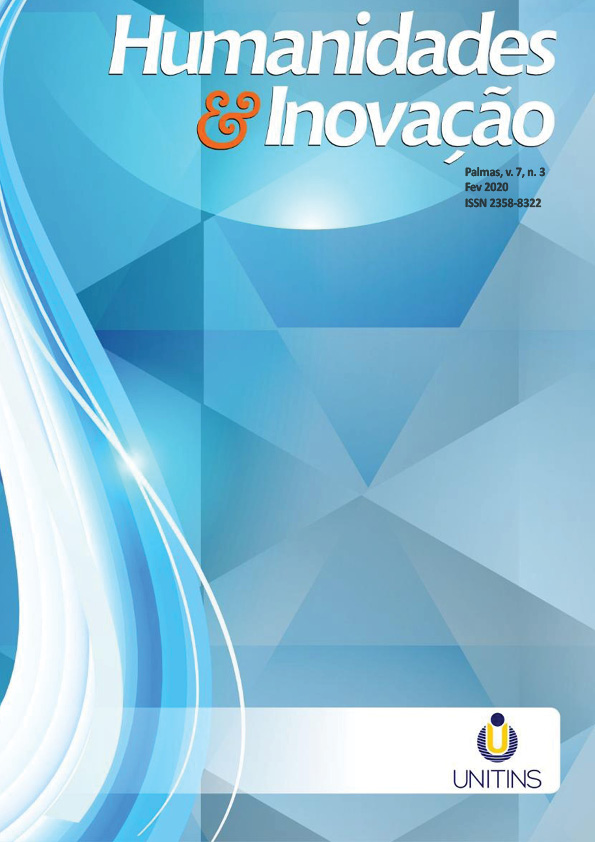STUDY ABOUT CLASSIFICATION OF AUDIENCE IN REPRESENTATIONAL ARTS AND CLASSICAL ARTS OF IRAN IN COMPARATIVE LITERATURE
Resumo
The present study was done with the aim of investigating the place of audience in representatial arts of contemporary Iran. One of the issues that contemporary arts face with, is the audience. In general, based on what stance, classification of the audiences is done? And from where special and public audiences have come? Of course, from the sociologists’ point of views, the contemporary society is divided to various classes regarding meditation, culture and thinking, but does artistic outlook could explain its psychological reasons in this field? What is obvious, is that the audience as the main element for heating and watching the work of artists, has a very special place and even effect of this important element on artists and other issues like political and social matters is obvious. Of course what highlights this effect in present world, is the idea of society and the policy for classification of people regarding their cultural and economic ranks. Other elements that based on various ideas have effects on the economy of art and classification of audience like galleried, agents, dealers and media, act as powerful hands of politicians and advertisements for absorption and classification of the audience. This article wants to explain these classifications from the social and psychological points of view and believes that audience as the most important element in creation of an art work isn’t in right place and the other elements have become determinative.
Referências
Afsarian, Iman. (2016). seeking for new time (first edition) Tehran, Honarmand publication.
Alexander, Victoria. (2017). art sociology, Aazam ravdadrad (third edition), Tehran, farhangestan honar publication.
Bastide, Roger. (1996). art and society (first edition) Tehran, Toos publication.
Del zende, siamak. (2017). visual changes of Iranian art (second edition) nazar publication
Duvignaud, Jean. (2016). art sociology, Mehdi Sahabi (eight edition) Tehran, Ney publication.
English, David, Hodgson, John. (2016). art sociology (first edition) Tehran, Ney publication
George, locas. (2017). history and classical knowledge (first edition) Tehran, bootimar publication.
Hauser, Arnold, art social history, Amin Moaeid (second edition), Tehran, Ashna.
Keshmir shekan, hamid. (2017). introduction on critical idea in art history (first edition) Tehran, cheshme publication.
Mostory, Antigone. (2007). audience sociology in cultural and artistic field, Hossein Mirzaee, Tehran, Ney publication.
Obrist, hans, Ulrich. (2016). exhibition methods, Katayoon Yousefi (first edition) Tehran, honarmand publication.
Piaje, jan. (2001). society, culture, literature (second edition ) Tehran, cheshme publication.
Plekhanov, Georgi. (1979). social art and life, Manochehr Hezarkhani (first edition) Tehran, Agaah publication.
Ramin, Ali. (2008). bases of art sociology (first edition) Tehran, Ney.
Raphael, Max. (2001). three studies in art sociology, Akbar Masombaigi (first edition), Tehran, Agah publication.
Ravdrad, Aazam. (2012). social characteristics of modern painting audiences in Iran.
Role of audience in reading of sociology. (2008). culture and thinking, number 3940, page 10.
Tom, sorel. (2011). society,art,morality, masoud ghasemian(first edition), Tehran, farhangestzn honar publicataleion.
Wolf, jent. (2015). art sociology, babak mohagegh (second publication), Tehran, farhangestan honar publication.
A submissão de originais para este periódico implica na transferência, pelos autores, dos direitos de publicação impressa e digital. Os direitos autorais para os artigos publicados são do autor, com direitos do periódico sobre a primeira publicação. Os autores somente poderão utilizar os mesmos resultados em outras publicações indicando claramente este periódico como o meio da publicação original. Em virtude de sermos um periódico de acesso aberto, permite-se o uso gratuito dos artigos em aplicações educacionais, científicas, não comerciais, desde que citada a fonte (por favor, veja a Licença Creative Commons no rodapé desta página).











